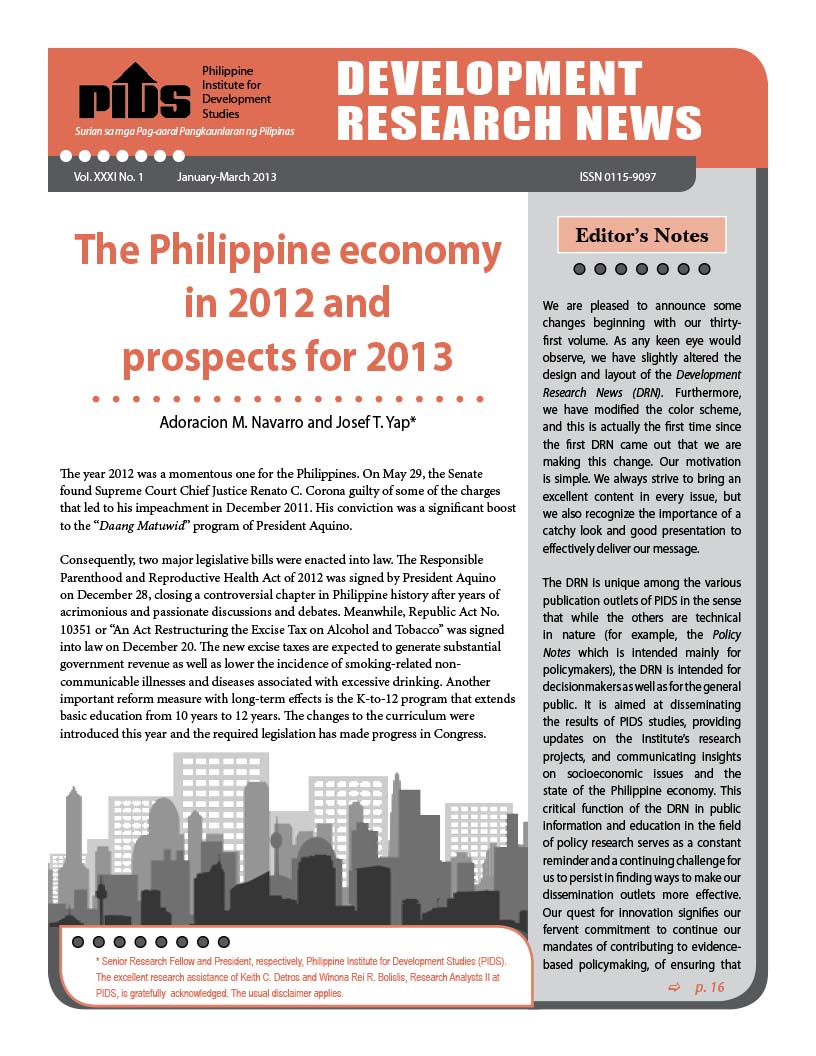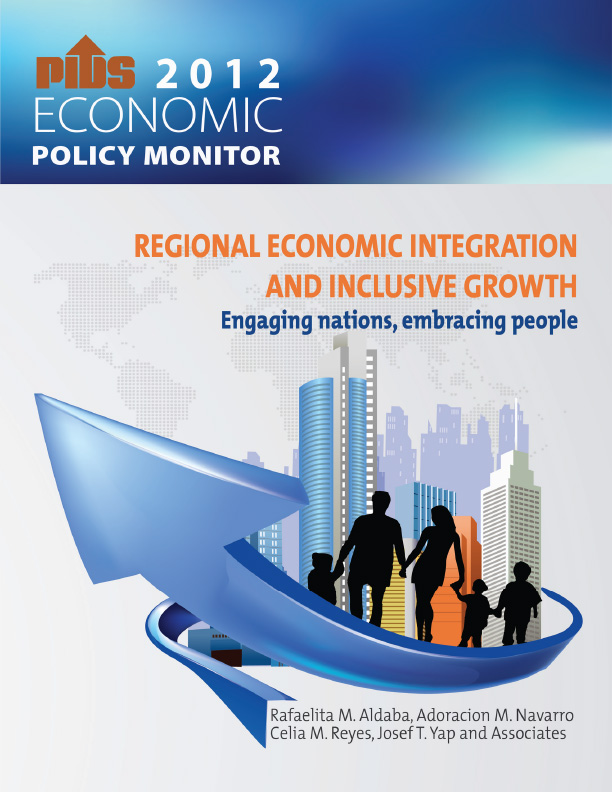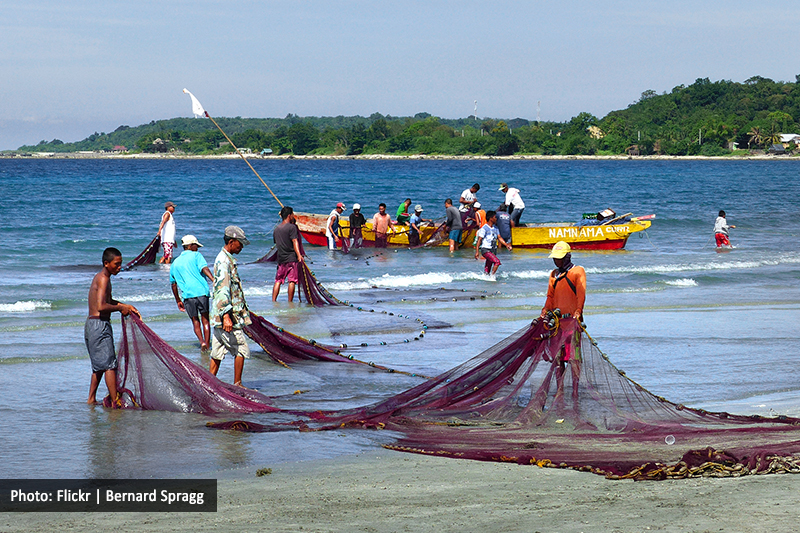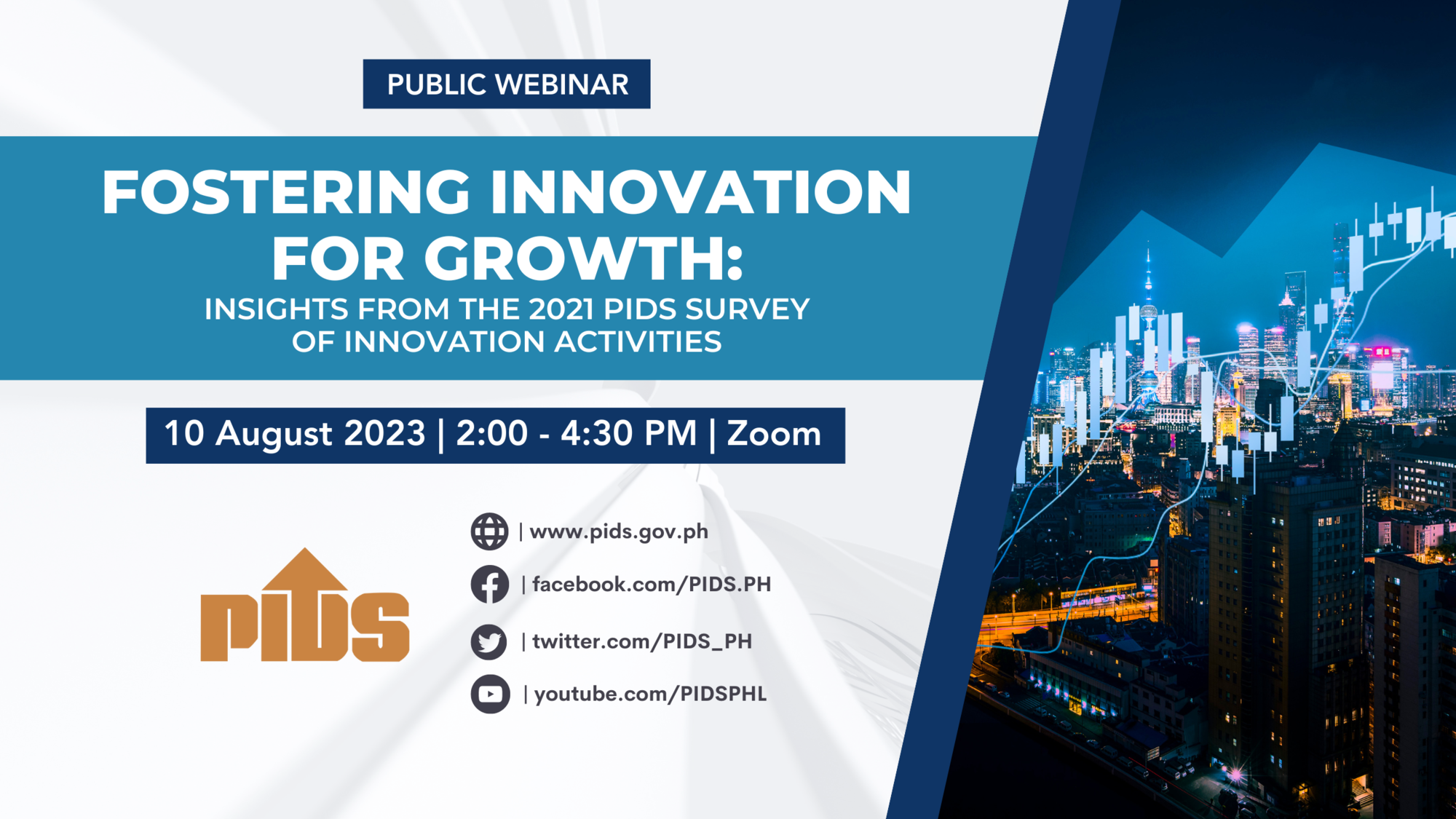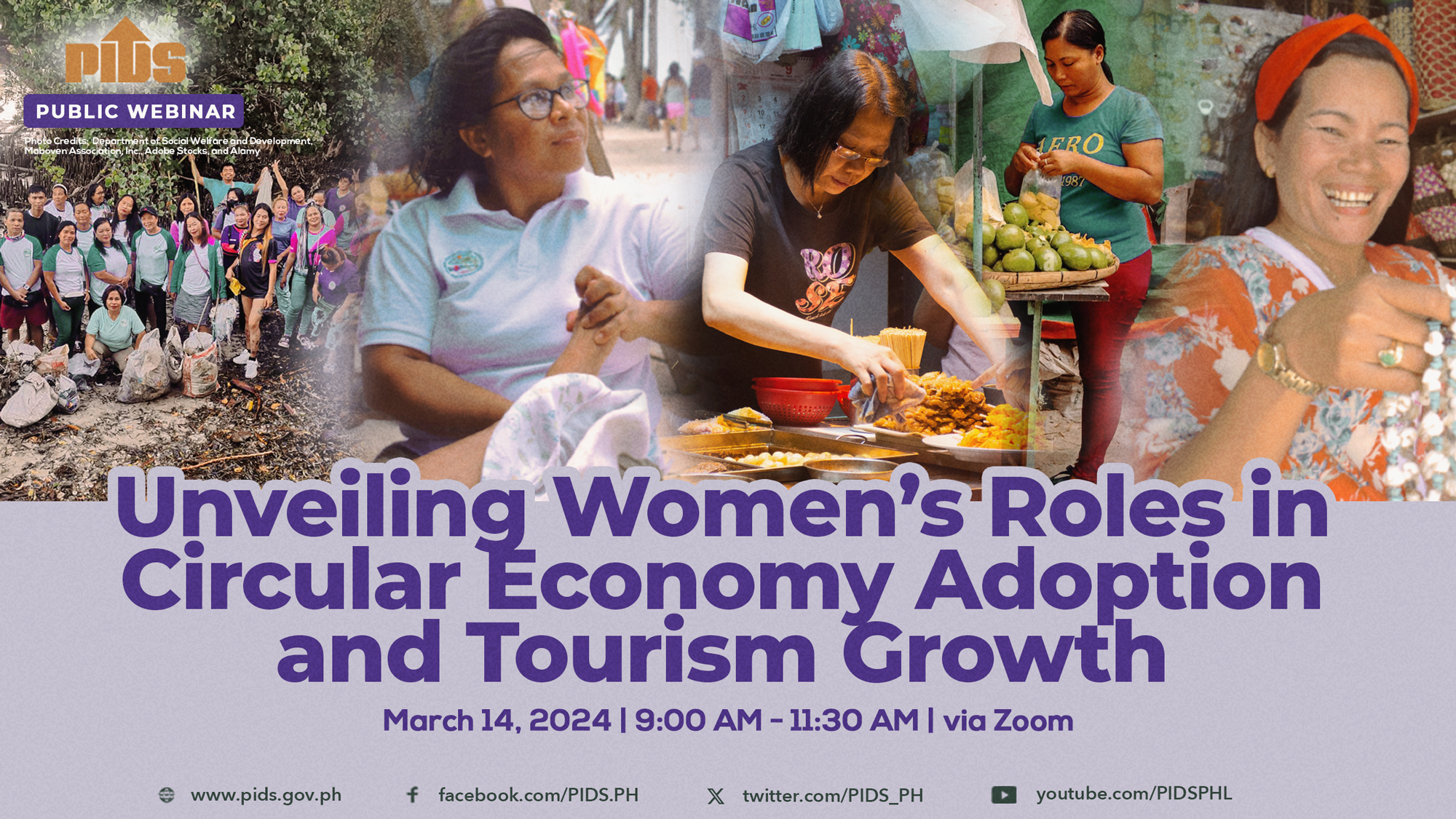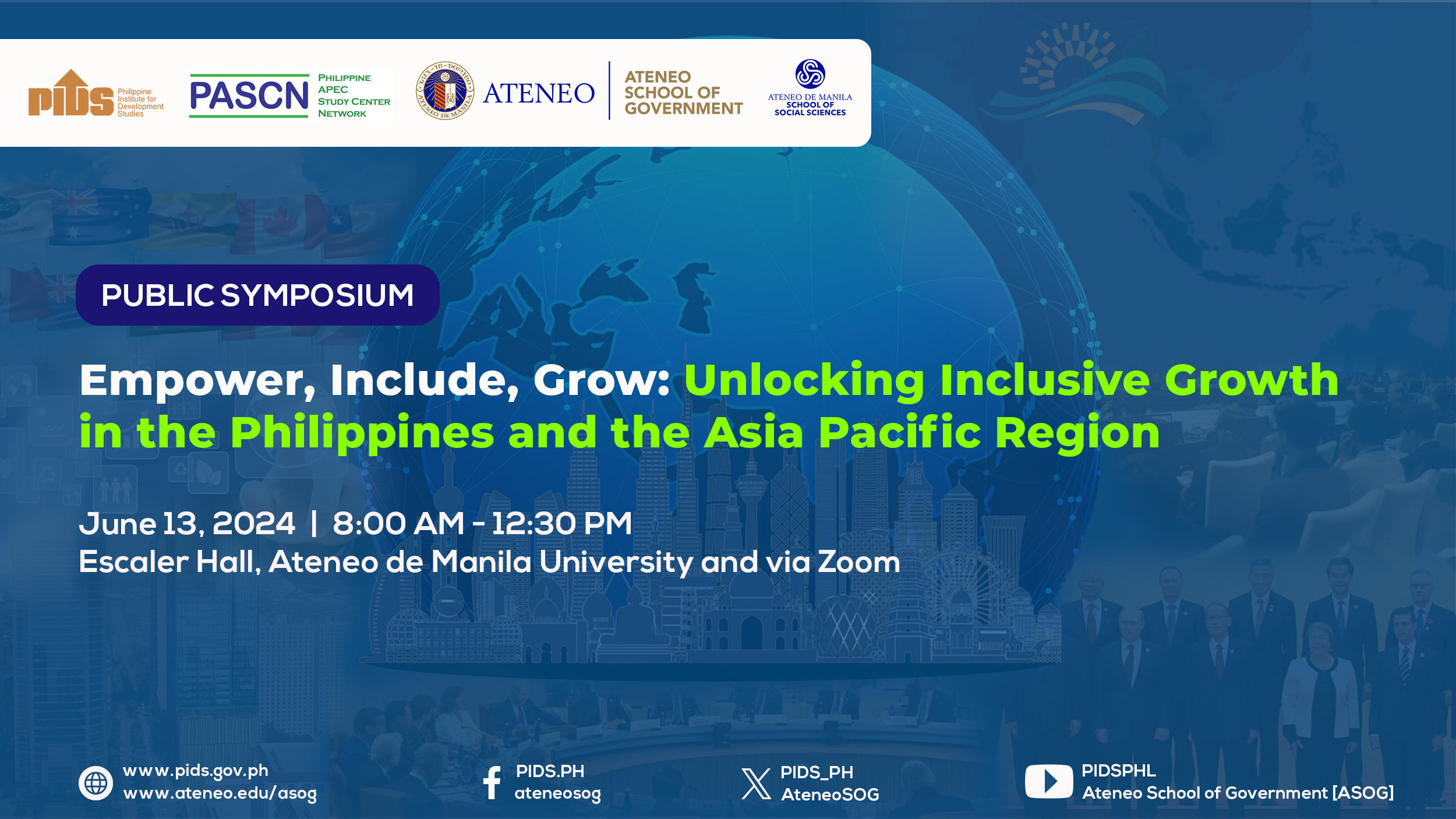Here’s the paradox of growth in this country. From 2003 to 2009, the economy grew by an average of 4.8 percent. And yet, instead of decreasing with economic growth, the number of poor Filipinos actually burgeoned from 19.8 million to 23.1 million. So where did all that growth go? Celia Reyes of the Philippine Institute of Development Studies (PIDS) reports that a significant increase went to corporations (P3 trillion), while households only took in P2.4 trillion. In short, economic growth did not benefit the poor as much as it benefited corporations and better-off families. Economic growth, in fact, heightened the disparity between rich and poor, and across regions. Another PIDS study covering 2004 to 2008 reveals that, despite improvements in income, two-thirds of the poor consistently earned less than the threshold income. This phenomenon, known as chronic poverty, tells us that many of the poor are born and die in poverty, leaving their children in the same abject conditions. The National Statistical Coordination Board (NSCB) defines the "poor” as having a monthly income below P7,017 for a family of five (2009)–the minimum amount necessary to meet basic needs, including those for food, housing, education and health. Within this bracket is another group called the "subsistence poor” with monthly family incomes below P4,869: barely enough to meet basic food needs. Statistics on poor households tend to vary. In 2009, the NSCB put poverty incidence among Filipino individuals at 26.5 percent. Using "self-rated poverty,” Social Weather Stations (SWS) found that, over the past decade, 46 percent to 66 percent of the population considered themselves poor. What remains indisputable: Poor Filipinos are growing in number, their situation growing progressively more severe


